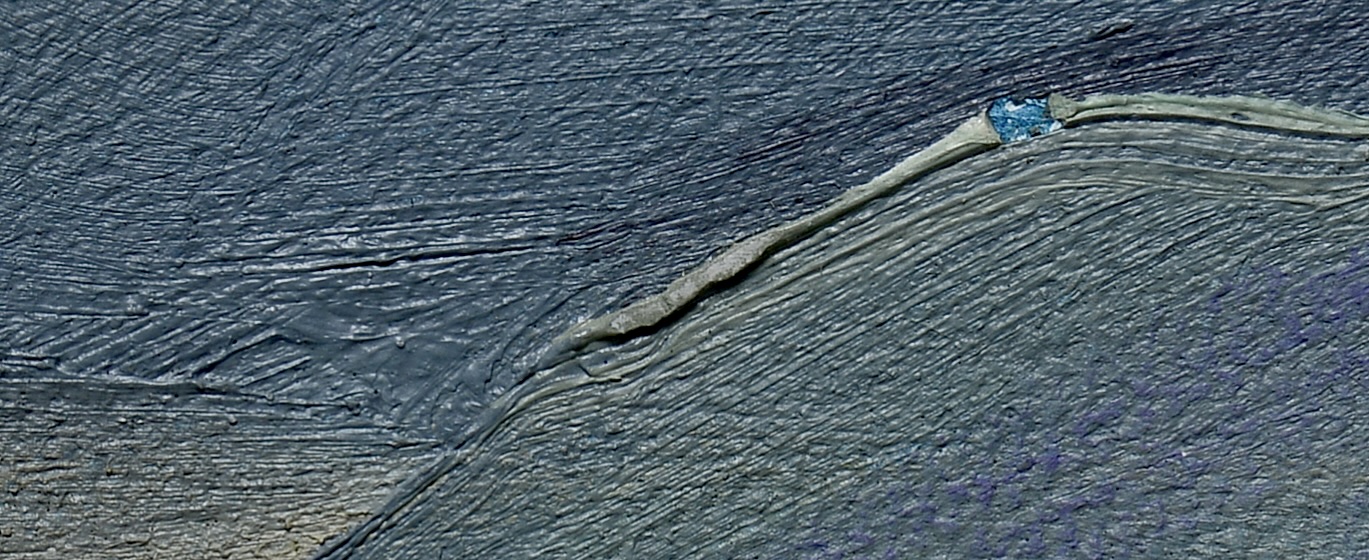About his Art
"When Murat Sinkil started painting on the canvas, he would create the base layer by brushing a single color with a flat brush from one side to the oher. When he used the brush in this way, the paint would go into the hollows in the canvas texture and wear away at the raised points, and the paint accumulated at the tip of the brush would form a thin and raised line, and he would draw the contour with it. After completing the pattern, he would apply the paints by gliding the brush. When he left the paint like this, the paint would stay on the raised spots in the texture of the canvas, and the underlying color layer would be visible. He was not very fond of contours/outlines. He would prefer to make smooth tonal transitions and weaken the contours as much as possible. He loved the vague contours in the "sfumato" technique, which Leonardo initiated. He admired Velasquez's and Rembrandt's paintings, and we used to spend hours looking at their details. His technique basically has a baroque brush, then an expressionist brush. We can see the interaction of these two in his Istanbul period. Energetic brush strokes and vibrant, shouting colors are intertwined with the expressionist aspect of that period. In Antalya, where he lived after the 80's and 90's, he switched to pastel colors with the effect of light and the calmness and aesthetics of nature. His brush became tamed and impressionistic.
He loved hard brushes and brushes that were worn out by lateral friction and got thin like a knife. He hardly ever used the soft brush.
He was a modernist artist. His art was a modernism that embraced the history of art and had deep roots in the past. He would regard the works, which did not have a robust relationship with the past and which were made without understanding the history of art, as artificial. He did not believe that modern painting could be done properly, without duly knowing and embracing the history of art. For this reason, he studied the art of these lands by going back to before Christ with archaeological research, got to know the folk art closely, comprehended the history of western art and conveyed all his knowledge to his students in an easy-to-understand manner."
Mehmet Özşimşek, Artist




